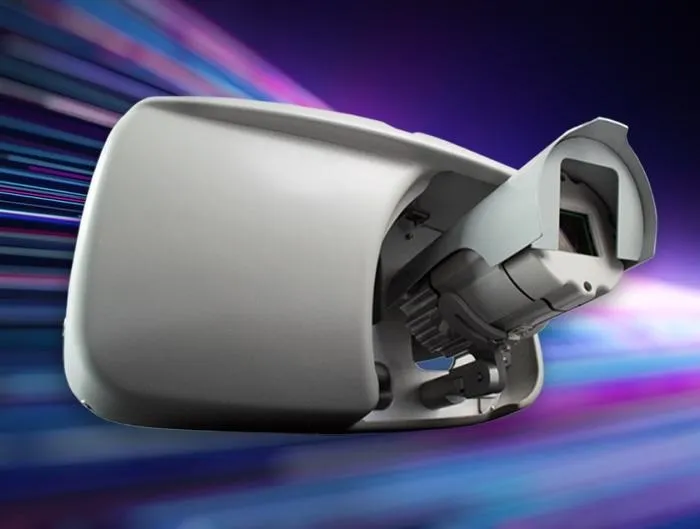UK manufacturer
According to AGD, the pole-mounted solution provides virtual loop detection with speed discrimination and can emulate two inductive loops to a range of 150m or provide lane-specific detection up to 40m for a range of applications.
Additionally, the solution also now uses WiFi AGD Touch-setup and an enhanced graphical user interface to help users change detection zones more easily.
Ian Hind, AGD’s commercial director, says the radar also offers flexibility for MOVA schemes, speed discrimination, bus priority and single turning movements.
AGD upgrades traffic control radar
UK manufacturer AGD Systems has upgraded its 318 Traffic Control Radar to detect stationary and queuing traffic. The company says the solution provides a cost-effective alternative for local authorities using in-ground detection from their road networks. According to AGD, the pole-mounted solution provides virtual loop detection with speed discrimination and can emulate two inductive loops to a range of 150m or provide lane-specific detection up to 40m for a range of applications. Additionally, the
October 15, 2018
Read time: 1 min










